| Structure | Name/CAS No. | Articles |
|---|---|---|
 |
chloroform-d
CAS:865-49-6 |
|
 |
Dichloromethane
CAS:75-09-2 |
|
 |
thf
CAS:109-99-9 |
|
 |
Dimethyl sulfoxide
CAS:67-68-5 |
|
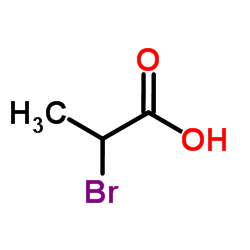 |
2-Bromopropionic Acid
CAS:598-72-1 |
|
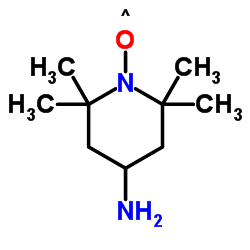 |
4-amino-tempo
CAS:14691-88-4 |
|
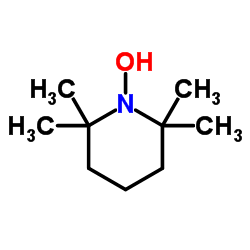 |
2,2,6,6-Tetramethylpiperidinooxy
CAS:2564-83-2 |
|
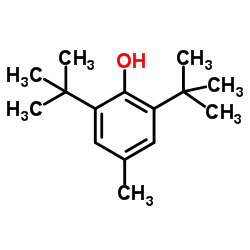 |
Butylated hydroxytoluene
CAS:128-37-0 |
|
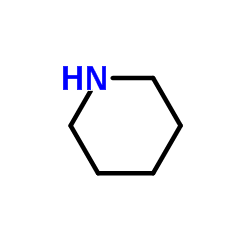 |
Piperidine
CAS:110-89-4 |
|
 |
2-Bromo-2-methylpropionic acid
CAS:2052-01-9 |